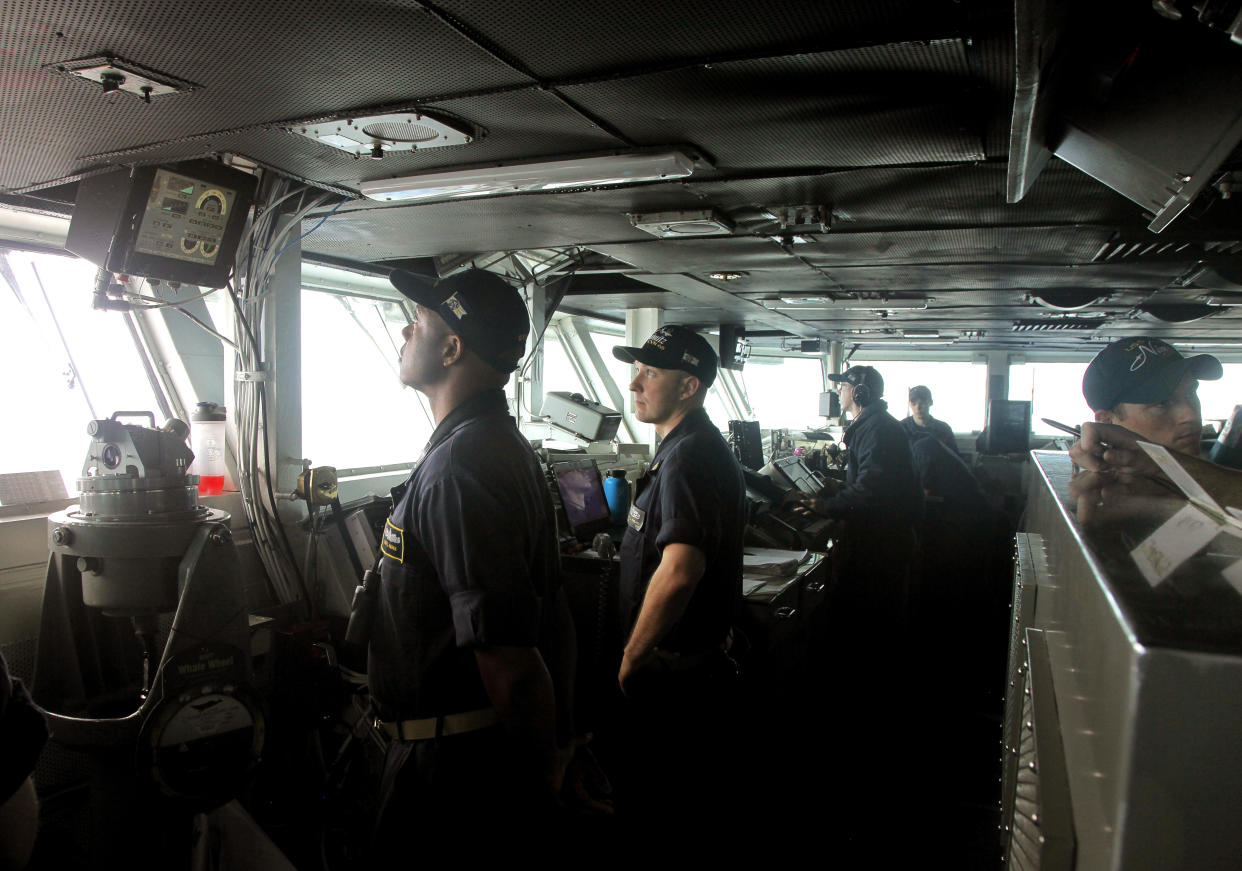U.S. Navy to 'modernise' Morse code because not enough sailors understand it

For more than a century, navies across the world have communicated with each other via Morse code.
The signal lamp method has survived this long because its low-tech nature makes it impossible to jam, hack or intercept.
It is, however, also slow and arcane, which is why it’s now little more than a back-up in case of emergency. Signal lamps also require a sailor specifically trained in Morse code to operate them, posing a problem for young sailors whose experience of the practice may be limited to old war films.
That’s why the U.S. Navy is giving in to the inevitable march of time and technology by ‘modernising’ Morse code.
New software is being tested that will automate the process, allowing American ships to communicate quickly and covertly without the need for an expert. The tech will convert text to Morse code signals and vice versa, along with motors or LEDs to send those signals to a nearby ship.
Scott Lowery, an engineer at Naval Surface Warfare Center in Florida, has taken part in recent tests. He told New Atlas he was happy with the new system.
“The best part of this flashing light converter is how easy it is for Sailors to use,” Lowery said. “It’s very intuitive because it mirrors the messaging systems used on iPhones. You just type your message and send it with the push of a button.”
Called Flashing Light to Text Converter, or FLTC, the software can run on a tablet or laptop. The navy is reportedly hoping to issue it throughout the U.S. fleet next year.

 Yahoo News
Yahoo News 

